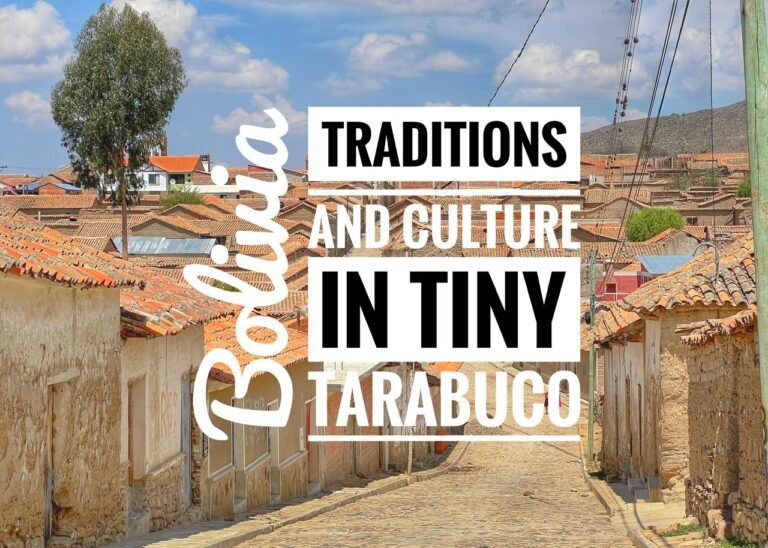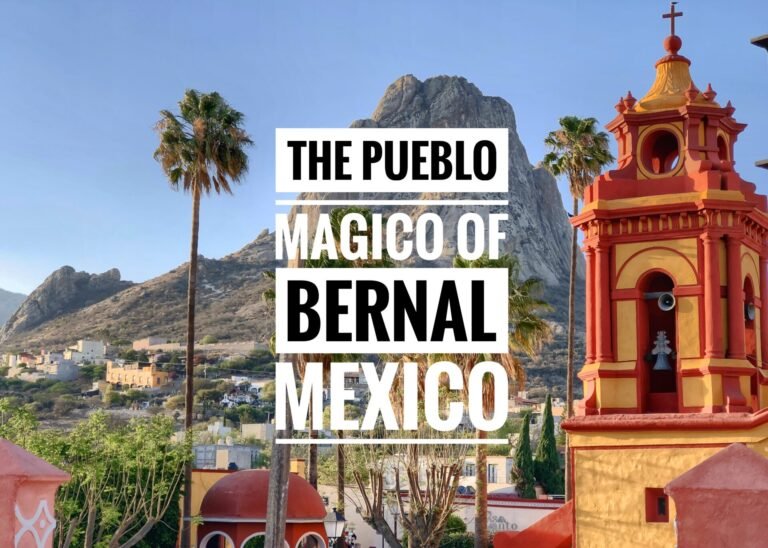
At last! After three nights sleeping cozily near hundreds of people in a hammock on a boat, we had arrived to the Brazilian Amazonas capital of Manaus, also known as “The Gateway to the Amazon” which can only be reached by boat or air. The city, most notable for its peculiarly placed pink opera house and Amazon research centers, sits on the bizarre colored confluence of the Río Negro and Amazonas. It wasn’t a show stopper by any means and has a funky blend of architecture, but was a decent place to get some much-needed rest and food, toss back out first açaí concoctions and slurp up our first caipirinhas.
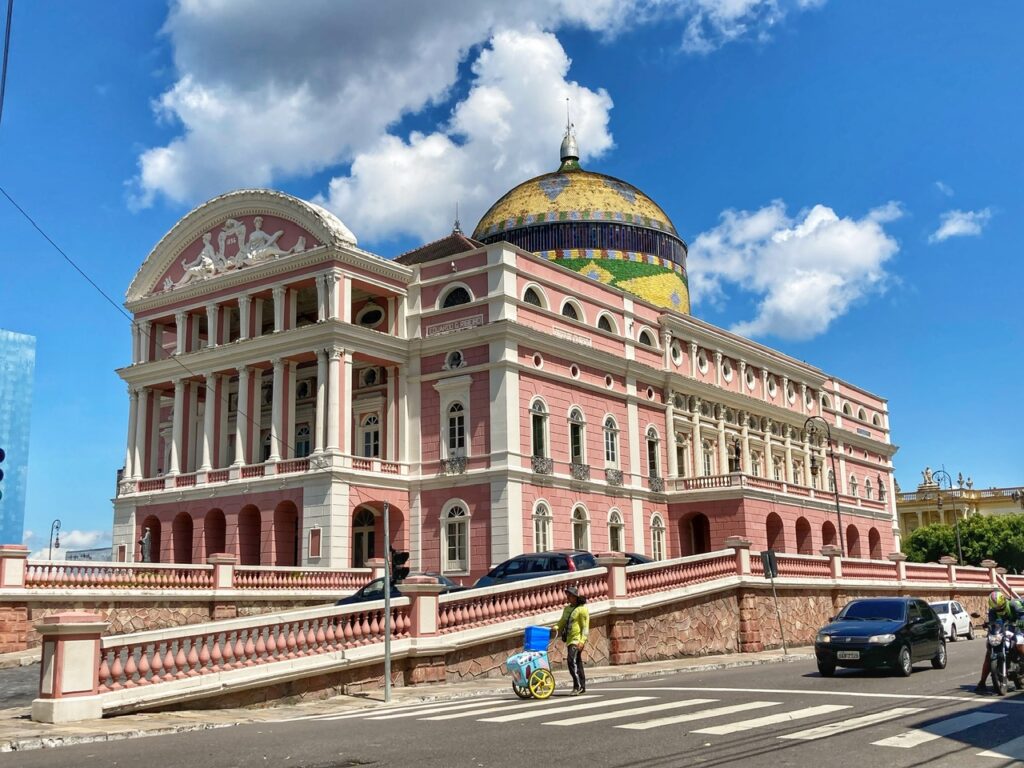
It’s a bit bizarre to see this striking Euro-looking Renaissance Revival opera house in the heart of the Amazon Rainforest. But apparently, even the Amazon has its very own Amazon Philharmonic Orchestra and it is ranked one of the most beautiful facilities in the world. The dome is blanketed with 36,000 decorated ceramic tiles painted in the colors of the national flag of Brazil.
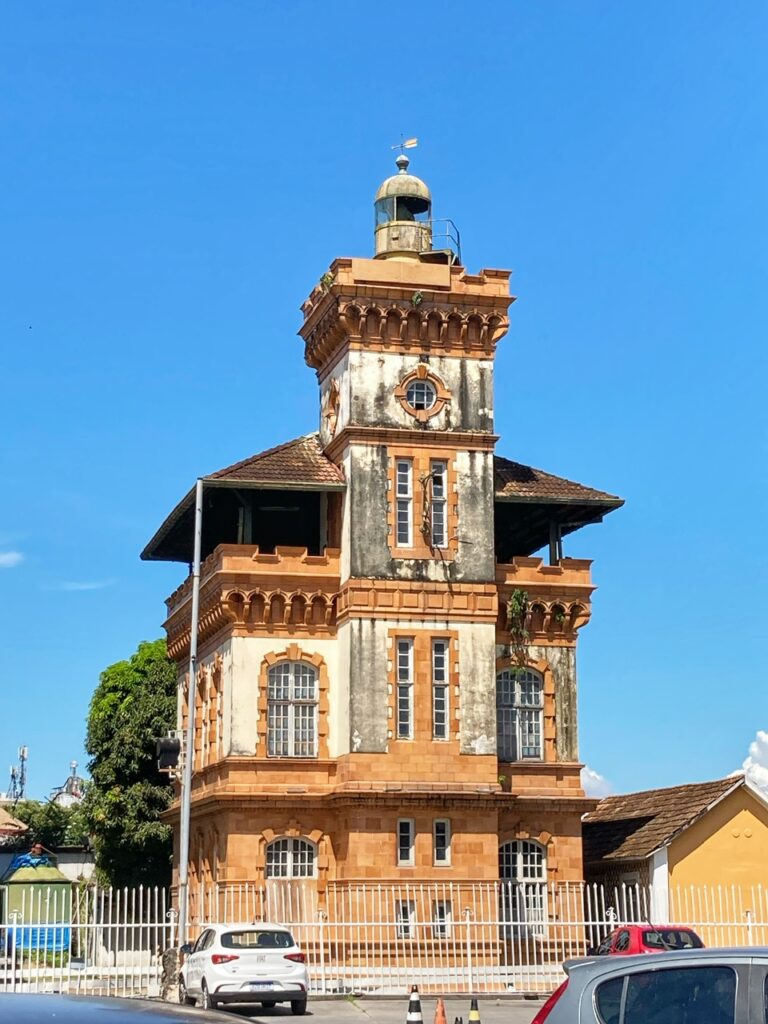
Another notable, but much less polished building, is the Customs Lighthouse, or Alfandega. Built in 1906, it was the first building in Brazil to be made with stone blocks brought from England.


After a delightfully cool shower and a nap with air conditioning in our hotel room, the first order of business was some cold beer ($3.50/2 pints) and something fresh and crunchy. This ridiculously overpriced iceberg ($6) “Caesar” salad gave us the crunch, but was far from satisfying after days on the boat without a proper vegetable!

But the cold açaí berry sorbet sundae was a totally different kind of satisfaction. ($1.60) It’s pretty exciting to be in açaí land. Most know that this berry is now extremely popular worldwide for its antioxidant superfood properties and in Brazil it is EVERYWHERE and in every form too!
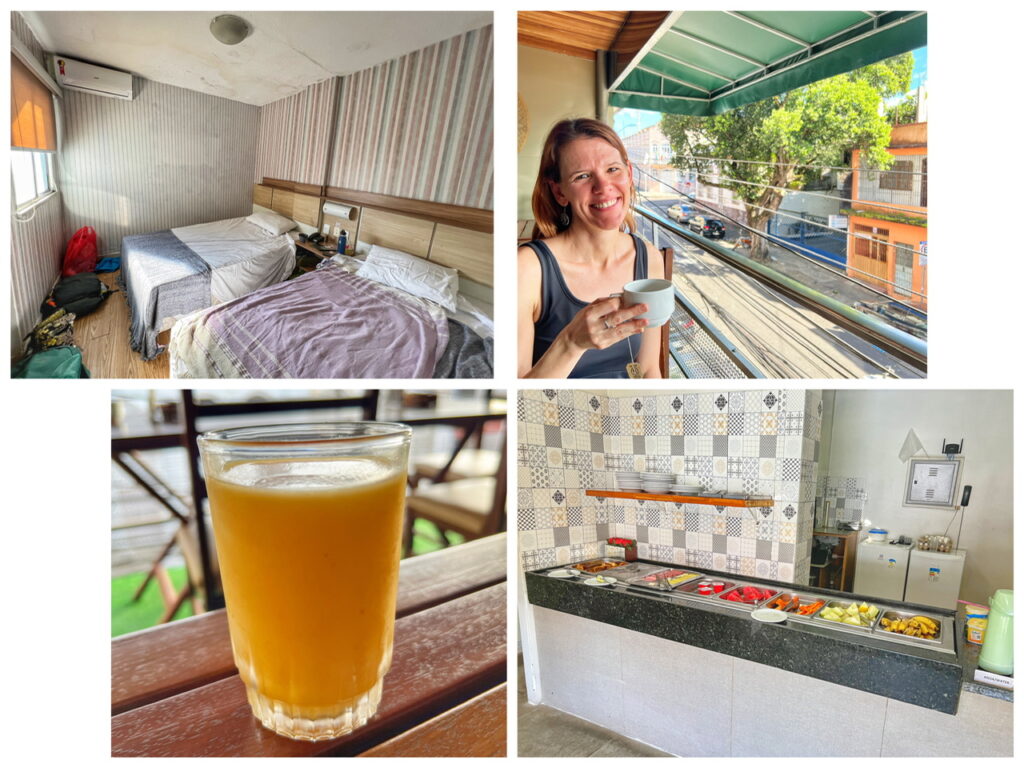
Back at our hotel, Hotel do Largo, which we got for $28 a night on Agoda. Even though the ceiling was dripping water, it felt like a palace to us after the boat we’d been on. 😁 Especially with fast internet and a sizable breakfast, including really delicious Caja juice or tapereba, a fruit common in northeast Brazil and known for its sophisticated sweet-sour punch.
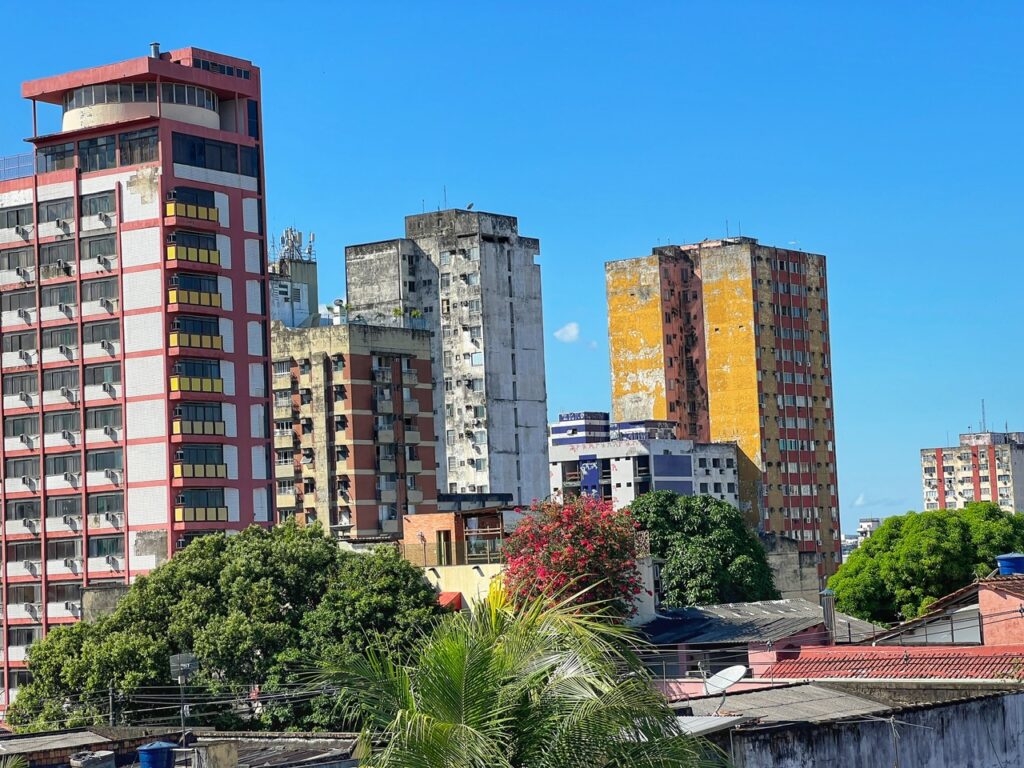
The gritty side of Manaus, as seen from our hotel window. Brings back visions from Eastern Europe.


And back to pretty in pink. The opera house is more than 125 years old and represents the city’s heyday during rubber boom.

Some of the intricate details.
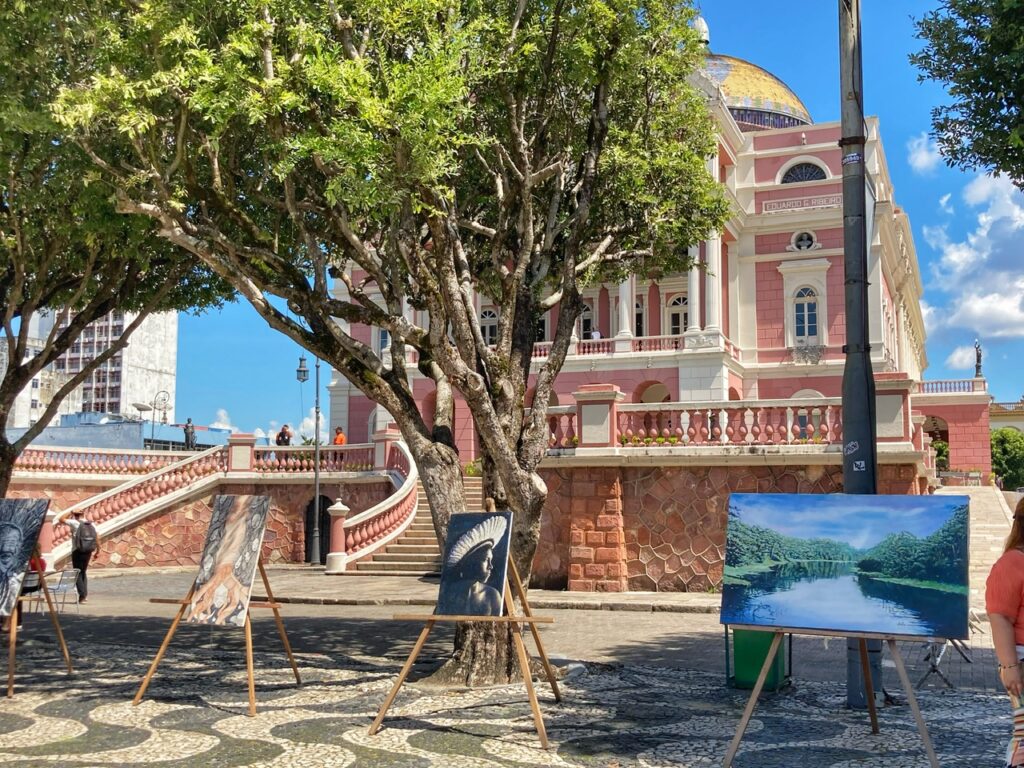
Selling art in the main square.
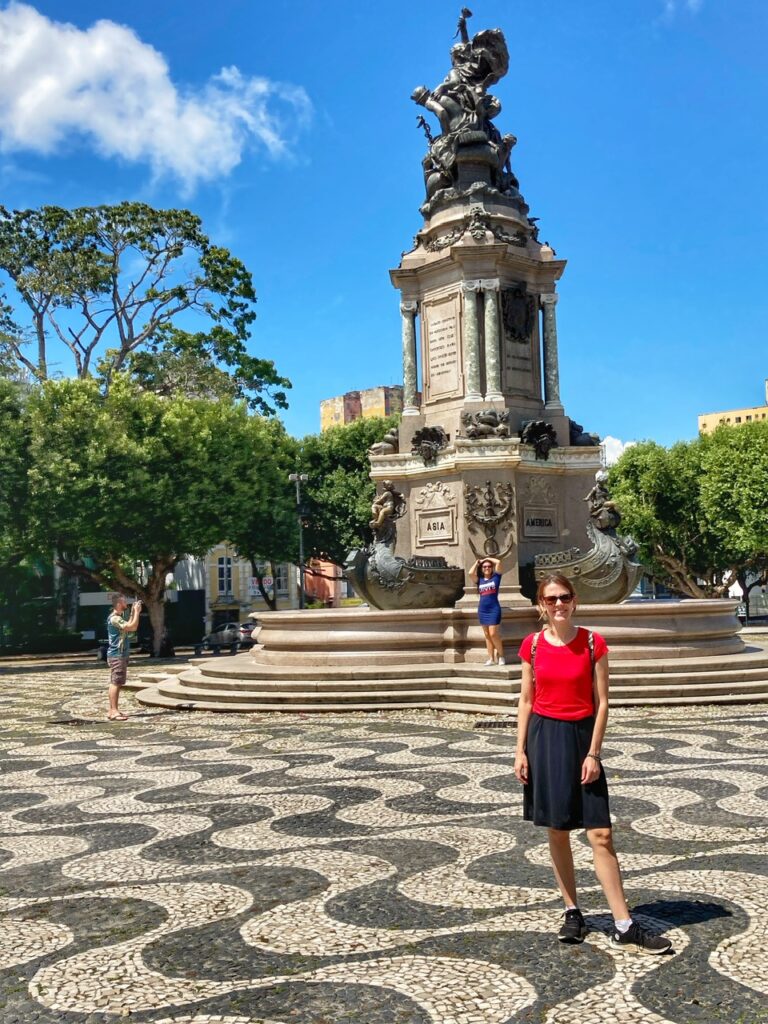
The Monument to the Opening of Ports to Friendly Nations was inaugurated in 1900 to commemorate the liberation of the ports of the Amazon to foreign trade, in 1866. It pays homage to Europe, Africa, Asia and the Americas, one on each side.

Much of the remaining architecture is very grand in this city despite the collapse of the rubber empire.


On Sunday, as we soon learned is normal in Brazil, they closed off the main street to traffic and plopped down an extended market, which was great because NOTHING else was open!

Lots of colorful facades to admire.

A fun thing about Manaus was the plethora of street food options we’d never seen in our lives. One such popular street food was a tapioca shell made from the cassava plant and stuffed with cheese and pieces of the Tucumã palm fruit. The bright orange and oily fruit of Tucumã is meaty and juicy, sometimes compared to vegetarian sweet beef jerky. It was tasty but not something we’d seek out again and again. Cost R15 or about $3.

Another snack we tried was the Farofa with camarãos, which was easily the most inedible and disgusting street food we’ve ever put in our mouths (yes, we’d rather eat fried tarantulas, Cambodia!) Farofa is basically toasted cassava. Toasted, at least in this case, meant a filling breaker. It was like eating a bowl of tasteless pebbles and then topped with shrimp. Not good shrimp. Dried shrimp, coats and tail still on.
When we tried to take the tails off to just eat the shrimp, we ended up with an even more disgusting pile of body armor, not to mention a whole lot of weird looks from the locals. I guess you’re supposed to eat the whole shrimp? Ick.

The storybook-looking municipal clock.
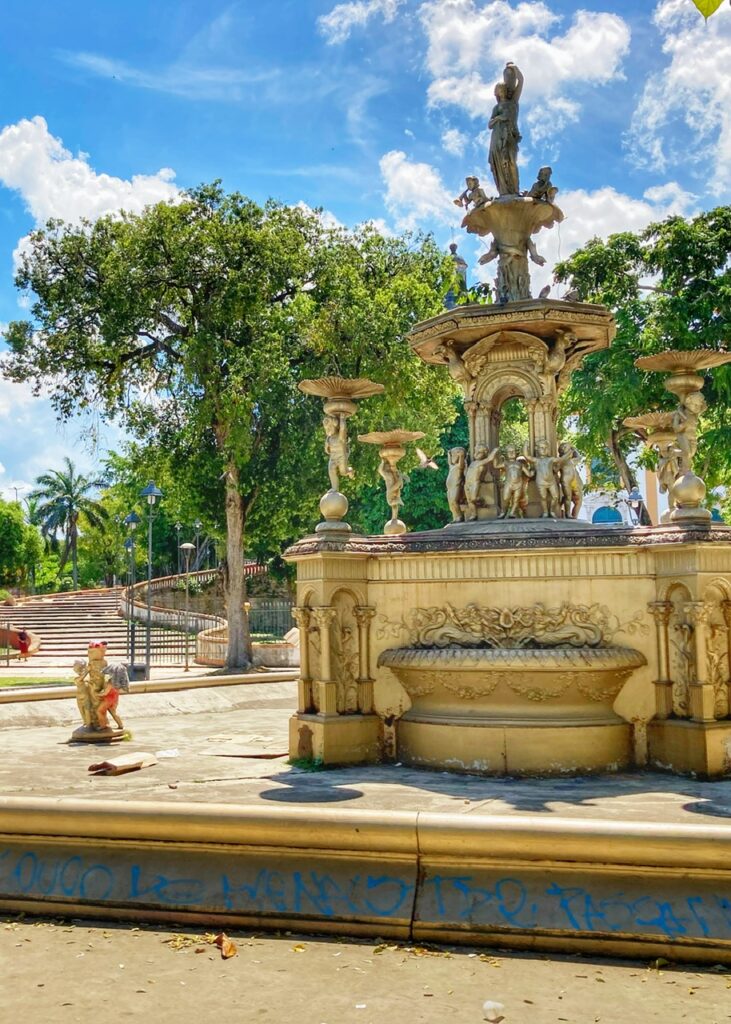
A golden and leafy green park with a grand staircase was once probably very opulent. Today, unfortunately, it was covered with trash and houseless people. We ended up taking our hammocks there from the boat to give to a couple of those people. They seemed very grateful.

Heading in the main market where unfortunately most stalls were closed on Sunday.

The different types of fish of the Amazon. Tambaqui is supposed to be one of the best. We tried it several times in Brasil and it was definitely extraordinary. Even when we bought the frozen variety in Rio de Janiero.


The iron details of the market, as well as the the grand outdoor entrance.

It was absolutely desolate in this part of the city on Sundays.


The next day we came back and everything was open, including the dried shrimp salesman for your delicious Farofa. Or if you’d rather, dried fish. Ugh. What? Are we in Portugal? The language and this fish choice would say yes. They even had bacalao 🤣🤮
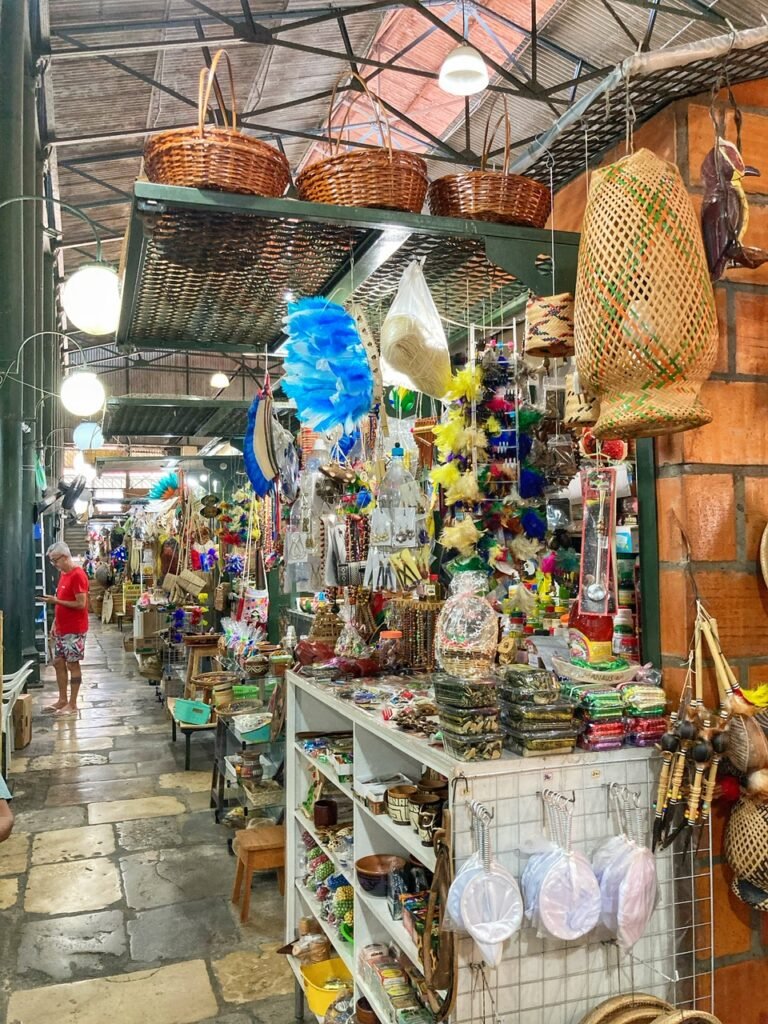

Images of the market. Don’t forget your fun Piranha souvenirs!!
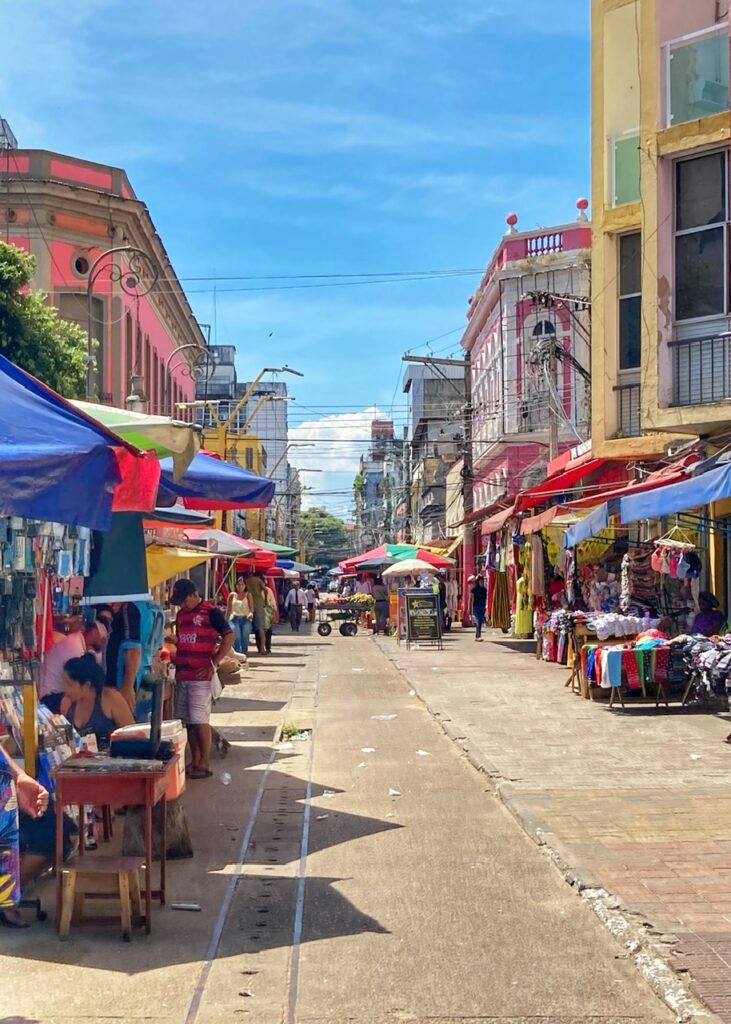
Manaus definitely rocks the pink!

In some of these less fishy ways, it also definitely has an air of other Portuguese colonies like Stone Town in Zanzibar or places we’ve seen in Sri Lanka.

But one thing that feels uniquely Brazilian? The Brazil…NUTS!! And they’re creamy here like coconut. Cost is about $2-3 a bag. One a day it is! No selenium shortage for us!!

The next day we were finally able to begin recovering from our near chicken coma on the boat when we found an OPEN vegetarian “quilo” restaurant called Casa da Pamonha where we paid by the kilo for a buffet selection and saw our first gringos. Shocking. It was about $16 for both of us to stuff our faces on vegetables and crunchy things. Worth every Real!

A church that looks like it fell out of Germany. Manaus is quite the mish-mash of architecture.

Again, this is all Brazilian. The national drink, our first official caipirinha for $2 a pop. This cocktail is made with cachaça, sugar, and lime.


